 If you live in a city, then you have your share of challenges when it comes to keeping fit. Although so many things can be available at your fingertips, how do you successfully stay active? Here are 10 ways to be fit in multiple wellness dimensions for seniors living in an urban area:
If you live in a city, then you have your share of challenges when it comes to keeping fit. Although so many things can be available at your fingertips, how do you successfully stay active? Here are 10 ways to be fit in multiple wellness dimensions for seniors living in an urban area:
- Stop to smell the flowers by walking around a park or botanical garden. Research shows that green space and being outside can lower stress. I’m not saying you have to hug a tree in appreciation…unless you want to.
- Enjoy a cultural experience at a museum while racking up your steps. Many cities house museums for art, science, history and much more! This is a great excuse to check out the latest exhibit while stepping your way towards health.
- Walk a pet. Use a cute pooch as your excuse to get out and about on a regular basis. Start slowly and increase your pace and/or distance over time!
- If you have access to a body of water, then try sailing, canoeing, or kayaking. This can be a fun option to mix into your routine by getting out on the water. Don’t forget to take pictures from that different point of view to show all of your friends!
- Take the stairs. Stairs are everywhere throughout the city. If this is a safe option for you, then challenge yourself with some stair routines. Walk them, every-other step them, do sidesteps…be creative! I usually do stairs while listening to Eye of the Tiger…and pretend I’m Rocky Balboa.
- Explore your city’s architecture and history. Whether it’s on foot or on a bike, explore the ins and outs of your city while getting exercise. More and more cities are offering bike rental services so if you don’t own a bike, then try renting one!
- Participate in an organized race event. Many cities host races of various lengths, causes and themes for you to participate in throughout the year. Select a race with a meaningful cause to you and train accordingly. This can also provide a target end-goal for your exercise regimen.
- Attend festivals or street markets. This will give you an opportunity to walk around and even pick up a few fresh treats while being social with a few hundred of your closest friends!
- Beat traffic by walking instead of driving. Given the accessibility of many locations, try walking to and from appointments and events such as grocery stores, hair appointments, doctor’s appointments, dentists, and the theaters when appropriate. This is a healthy option that is also good for the environment.
- Try a Gentle Yoga or Tai Chi class! Both of these classes are beneficial to seniors since they are gentle on joints, promote range of motion and target on balance improvement. Some classes will even meet outside on nice days!
What ways have you found to be fit in your city? Keep in mind these safety recommendations to optimize your overall wellness. Don’t live in a city? Watch for my next blog about Ways to Stay Fit in the Country!


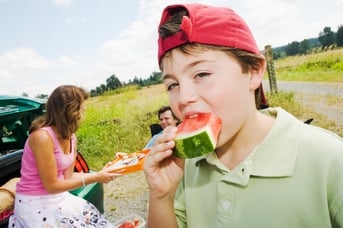 Whether you are traveling for business or for pleasure it typically means most meals are eaten out or on the go. This can be challenging to make the most balanced choices and keeping your eating on the right track. You want to try foods special to that region, you are busy and grabbing the first thing that sounds good, you don’t have access to a grocery store for more fresh foods can all be challenges while traveling.
Whether you are traveling for business or for pleasure it typically means most meals are eaten out or on the go. This can be challenging to make the most balanced choices and keeping your eating on the right track. You want to try foods special to that region, you are busy and grabbing the first thing that sounds good, you don’t have access to a grocery store for more fresh foods can all be challenges while traveling.
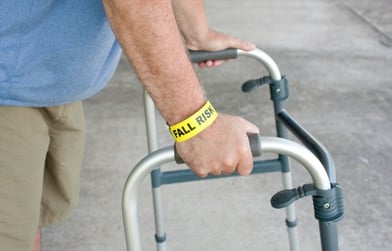 Obesity is an epidemic in our society today. Those who are obese have greater risk of diabetes, coronary artery disease, stroke, and arthritis.
Obesity is an epidemic in our society today. Those who are obese have greater risk of diabetes, coronary artery disease, stroke, and arthritis.
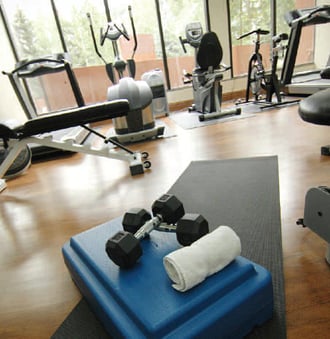 When a business makes the commitment to put in a corporate fitness center, they are making a statement (hopefully one of many) about how important their employees’ health is. It’s a substantial investment, and the project is not to be taken lightly.
When a business makes the commitment to put in a corporate fitness center, they are making a statement (hopefully one of many) about how important their employees’ health is. It’s a substantial investment, and the project is not to be taken lightly. 
 If you work in fitness, you know that for some members, the only way to engage them in regular exercise is through a group class setting. Some people love the energy of a group effort, others like that they can blend in, and still other participants like group classes because of the ease of simply following real time instructions from a motivating teacher.
If you work in fitness, you know that for some members, the only way to engage them in regular exercise is through a group class setting. Some people love the energy of a group effort, others like that they can blend in, and still other participants like group classes because of the ease of simply following real time instructions from a motivating teacher. 
 Many people don’t know where to start when eating healthier. Here are eight tips to help you eating smarter. You don’t need to do them all, but by incorporating just a couple of changes each week, you will find yourself on a path to better health in no time!
Many people don’t know where to start when eating healthier. Here are eight tips to help you eating smarter. You don’t need to do them all, but by incorporating just a couple of changes each week, you will find yourself on a path to better health in no time!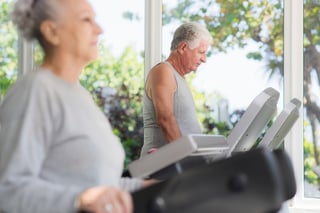 This blog was updated on March 22, 2017.
This blog was updated on March 22, 2017.
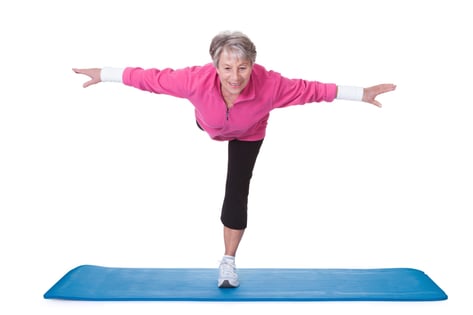 You might know that some of the basic elements your senior fitness workout program should include are weight training, cardio activities, and as much flexibility as possible. One element that needs special attention among the senior population is
You might know that some of the basic elements your senior fitness workout program should include are weight training, cardio activities, and as much flexibility as possible. One element that needs special attention among the senior population is